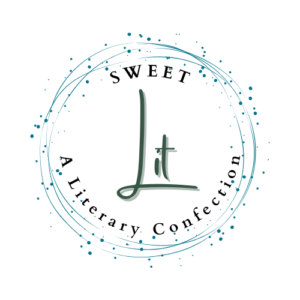Naseem Alavi is a writer, translator, and costume designer with a degree in Japanese Language. Before graduating from Kenyon College in May 2023, he wrote a 79-page Honors Thesis entitled, “Trans Theory in Translation Practice.” The Thesis boasts over 30 stunning poems which have been written, translated, and re-translated by Alavi. The Thesis can be read here.
You wrote poems in English and Japanese, and then translated them. Can you explain that process?
I wrote the majority of poems in English, and only a handful in Japanese. Once I had written my first poem, I would translate it into the opposite language. For the final version, I would translate it back into the original language. This process of translating was meant to blur the lines between what is an original and what is a translation.
How did the writing process differ when writing a poem in English versus Japanese?
It was a lot easier to write the poems in English, because it’s one of my first languages. With the ones in Japanese, it felt a lot more like writing with a constraint, like writing a Haiku or a sonnet in English. The constraint was my vocabulary and words I could get from the dictionary. But it was really cool, to put my writing into a different shape than I’m used to. It took on a different voice. And it’s really exciting to see what my voice looks like in Japanese.
In English I rely on imagery and metaphor to invoke abstract ideas or new ways of describing things that aren’t very grounded in a concerted action or sentence. Because of the nature of my Japanese vocabulary, I had to rely on evoking actions and ideas through simple language. Much more quotidian language.
Did you find that there were any strengths in writing Japanese, with a limited vocabulary?
In the translating and retranslating process, the poems in Japanese revealed a different side of the poem. Writing in Japanese revealed a different facet. Writing creatively in Japanese forced me to write from a different angle. The simplicity of language really served me. In Japanese, simplicity is considered poetic. In the Haiku tradition, it is all about boiling things down to their essence. It leads to a kind of simplicity that my writing in English lacks.
Did your writing become clearer in Japanese?
The idea of clarity in poetry is a complicated concept to begin with. Part of what I love so much about poetry is a lack of clarity, the room that ambiguity leaves for the reader to insert themselves and create new versions of the poem through their understanding of it. I would say that writing in Japanese didn’t make it clearer, but it revealed a different facet of the same poem and same idea.
What was it like translating your own work?
What I love about translating is that it is an act of creation. With translating my own work, I wasn’t worried about questions of loyalty and butchering someone else’s child. I felt very happy to butcher my own creative child. It was a lot of fun. Freedom truly meant that I could use translating as a generative tool.
Do you think this process has changed the way you will approach translation in the future?
Yes, definitely. The approach I was trying to outline in my thesis with a trans method of translation. This could be applied to any project of translation, not necessarily self-translation. The aim of the trans method of translation is to deconstruct the method of traditions and assumptions that are constraining and harmful to translation, such as the idea that translation is just a reproduction. I would be excited to apply this practice with other people’s work. It’s also changed how I write in general. The practice of using brackets; now I wanna write with brackets all of the time.
Can you talk more about brackets?
The brackets felt like a whole new grammar, a language of its own. I put the brackets where they would be the most evocative, making it so the poem could not be read without that blank space. I wanted the brackets to be a place where the reader could insert themselves and participate in the creation of meaning, to destabilize this idea that there is one author who creates meaning. And to destabilize the reader/writer binary. Another aspect of the brackets was that I wanted the originals to sound like translations.
Inherent to translation is that which is inevitably left out. I wanted to invoke that in the originals as well, so that there was always something missing, something that the reader didn’t have access to. Similar to how when a reader is reading a translation, there is something there that they won’t quite ever get to have their hands on. It was informed through trans theory.
There was a theorist, Marquis Bey, who wrote about the idea of opacity, and trying to dismantle this colonial obsession with knowing everything, being able to categorize everything. The idea of ambiguity shields the subject from being known and dissected through categorization. So through fixing this blank space on the page, it makes it so that there is inherent opacity to the text, something that the reader just won’t have access to. On one hand, the reader might choose to leave the blank space as is. Or they might choose to think of a word that they think goes in the black space, and that’s something that I want the reader to play with.
You say in your thesis, “translation is specifically a trans practice.” Can you elaborate?
Translation has the potential to positively change if seen as parallel to transness and trans theory. There is this idea that translations are supposed to mimic originals, similar to how trans people are expected to perform gender in a way that mimics cis-normative constructs of gender. This idea that one’s gender assigned at birth, or their “original gender” is given so much value, while transgender identities are not, is similar to the way in which originals are valued over translations. Right now, the “trans” in translation means going from one thing to another. But if the “trans” in translation were seen more closely to the “trans” in transgender—as going beyond, across, through, in between— it would open up a lot of possibilities for translation to become a generative process.
You tried to destabilize the notion of the author/translator binary, do you think you were successful?
I think that with all binaries, hierarchies inherently follow from them. Hierarchies lead to oppression in one way or another. With authors and translators, it’s that idea that translators are not authors. It’s a very tricky dichotomy. If we try to say that translators are authors, then they stop being translators, and that makes the work they do as translators invisible. But when translators are not considered authors, their work is not valued.
Because there is a certain value placed on original creation, the translator is just seen as reproducing the genius of the author. That places the translator as being “less than” the author. In my work, I try to destabilize that binary because I think that translators are creators. They’re not quite authors, but that shouldn’t be seen as less creative or less instrumental in the process of literature production.
Through including brackets, I allowed the reader to participate in the process of creating the poem. In a way, the poems are unfinished until they are read by a reader, because there is this inherent blank space. That takes the power away from me, the author, to remain the arbiter of all meaning.
Do you have a favorite pastry?
I really like Cinnamon Morning Buns.




